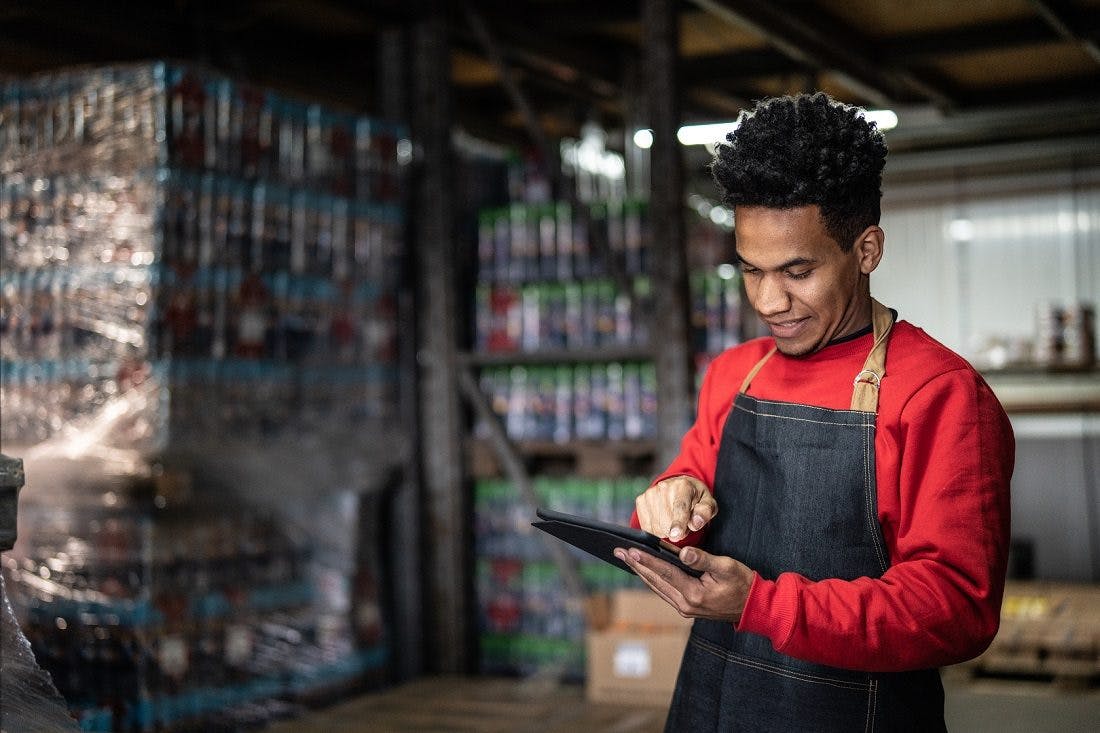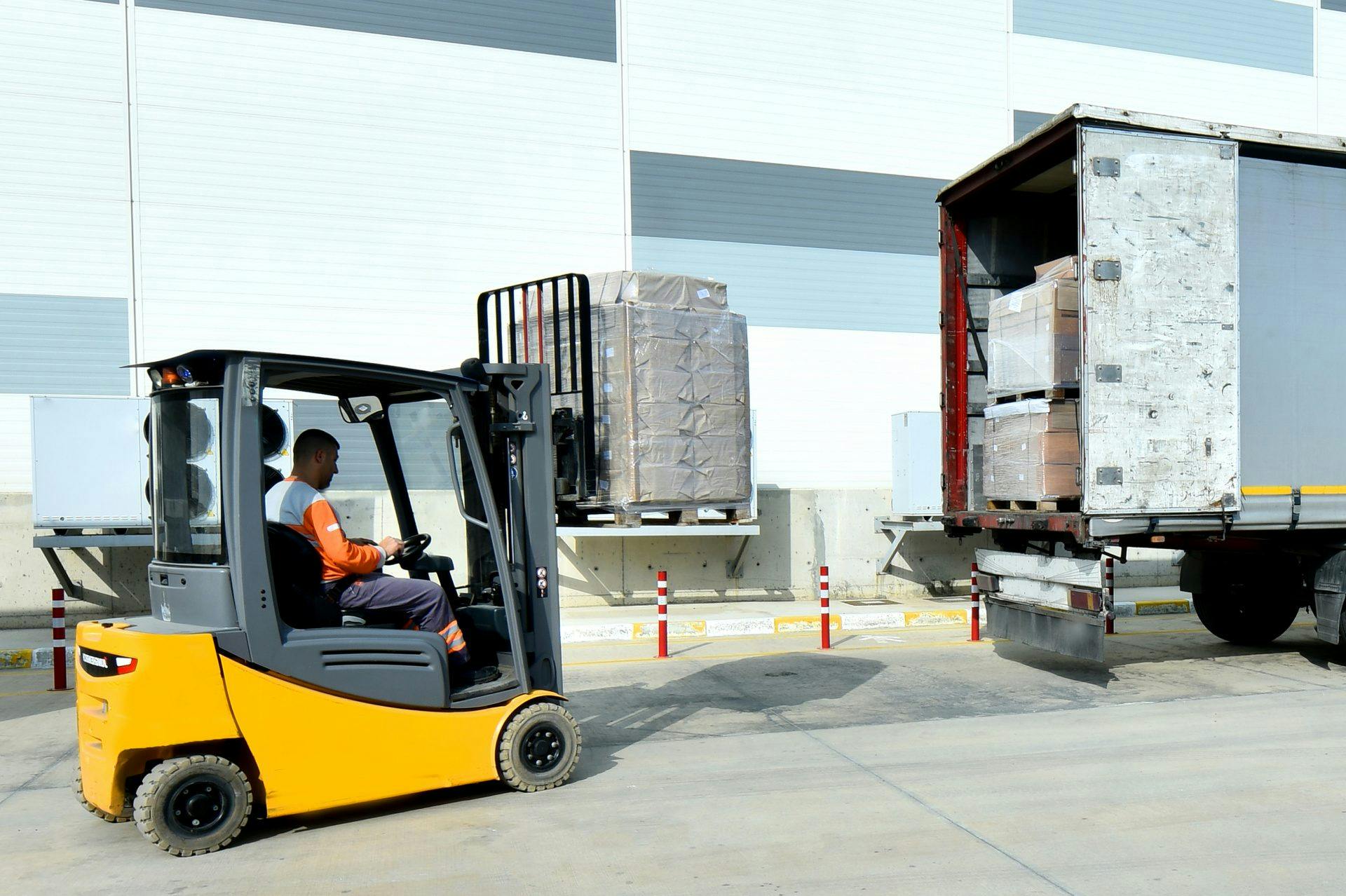Combining Loading & Routing: Two-Step Approach to Optimal Utilization
Step 1: Computing the Size of an Order
An order comprises multiple items that need to be efficiently stacked on load carriers like pallets. By leveraging detailed logistics data, such as item sizes, stacking orientations, and stability rules, an optimization engine can create loading-friendly, transport-friendly, and unloading-friendly pallet configurations. This optimization not only improves efficiency during the loading process but also positively impacts transportation and unloading stages.
Step 2: Combining Orders to Maximize Capacity Utilization
Integrating 3-dimensional loading optimizers with routing optimizers allows for the creation of more efficient loads. By considering additional details and constraints, such as warehouse preferences, driver requirements, and receiver wishes, empty space can be minimized, resulting in reduced mileage and improved overall capacity utilization.
Additional Opportunities for Increased Load Utilization
- Product Design: Strategic product design can lead to better space utilization, with the potential to accommodate more items on a layer or pallet.
- Splitting Orders: By intelligently splitting large orders for different delivery destinations, multiple routes can be optimized, minimizing costs and improving efficiency.
- Fillers: Utilizing available space in trailers or pallets for fast-moving products destined for regular delivery at specific locations.
- Optimization on Demand Level: By forecasting product demand and leveraging optimization algorithms, producers can create loading plans that ensure sufficient inventory and meet customer demand effectively.

Goos Kant, Managing Partner at ORTEC and Professor of Logistic Optimization.
"Integrating routing and loading optimization presents a transformative opportunity for manufacturers in the increasingly complex logistics landscape."
Integrating Process and IT: Streamlining the Supply Chain
To fully benefit from the integrated approach, seamless integration of the optimization platform within the overall supply chain is crucial. By integrating with ERP systems, such as SAP, and automating order creation, producers can minimize integration costs and streamline the transportation process.
Customer Case Study
Molson Coors (beverage): Molson Coors Brewing Company implemented an integrated solution within SAP to optimize delivery planning for over 17,000 customers in Quebec. By leveraging routing and dispatching alongside pallet and load building, the company achieved significant improvements in load utilization and route efficiency.

Conclusion: A Path to Enhanced Supply Chain Efficiency
In the ever-evolving logistics landscape, the integration of loading and routing processes offers producers a powerful solution to optimize supply chain efficiency. By leveraging advanced technologies, vast data insights, and collaboration between key stakeholders, producers can unlock significant value, reduce carbon emissions, and ultimately deliver exceptional customer experiences. Embracing this integrated approach will empower producers to stay competitive in the global market and meet their sustainability goals.
Integrating Loading & Routing to Optimize Efficiency and Sustainability
Get this E-Guide for companies that want to optimize the transportation of goods to improve efficiency, reduce costs, elevate customer service, and meet green initiatives.


